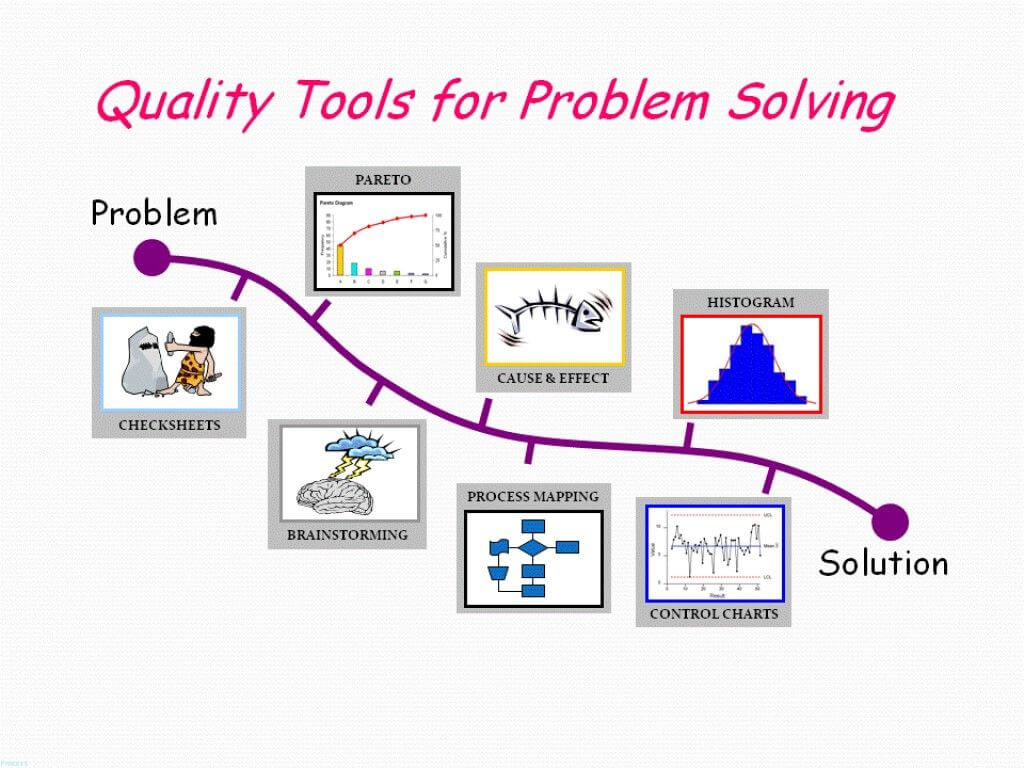In today’s fast-paced and competitive business landscape, organizations face numerous challenges that can hinder their success. These challenges may arise from process inefficiencies, defects, errors, or customer dissatisfaction. While problem-solving has long been a fundamental aspect of business management, a proactive approach to prevent problems from occurring in the first place is even more valuable. This is where Six Sigma, with its focus on problem prevention, stands out as a game-changer in driving continuous improvement and ensuring long-term success. Take the best Six Sigma leadership training by Lean Simplified. They offer the best leaders training course.
Understanding the Proactive Nature of Six Sigma
Six Sigma is not just about fixing problems when they arise; it takes a proactive stance to identify potential issues and prevent them before they can impact the organization. The methodology’s core principle of DMAIC (Define, Measure, Analyze, Improve, Control) guides teams to detect underlying causes, analyze data, and implement sustainable solutions. By identifying and addressing root causes, organizations can prevent recurring issues and avoid future setbacks.
Defining and Understanding the Problem
The first step in the DMAIC methodology is to define the problem clearly and understand its impact on the organization and its stakeholders. This includes setting specific goals and expectations, aligning them with customer requirements, and identifying critical areas for improvement. By accurately defining the problem, teams can focus their efforts on the most significant issues and avoid misdirection.
Measuring and Analyzing Data
A crucial aspect of problem prevention is the collection and analysis of data to identify potential risk areas and patterns. Six Sigma employs statistical tools to assess process performance, measure variations, and detect trends that could lead to future problems. By analyzing data, organizations gain insights into the factors contributing to inefficiencies, defects, or customer dissatisfaction, empowering them to take proactive measures.
Improving Processes and Implementing Solutions
With a clear understanding of the problem and data-backed insights, organizations can design and implement effective solutions. The emphasis is on addressing root causes rather than treating symptoms, ensuring long-term problem prevention. Six Sigma encourages creativity and innovation in process improvement, enabling teams to optimize processes and prevent issues from reoccurring.
Control and Sustaining Improvements
An essential aspect of the proactive approach in Six Sigma is to ensure that the implemented solutions are sustainable and continue to deliver positive results. This involves monitoring key performance indicators, establishing control mechanisms, and creating a culture of continuous improvement. By consistently evaluating performance, organizations can prevent regression and maintain the gains achieved through proactive problem prevention.
Benefits of a Proactive Approach with Six Sigma
- Enhanced Efficiency: By preventing problems before they arise, organizations can avoid disruptions, downtime, and resource wastage, leading to increased operational efficiency.
- Cost Savings: Proactive problem prevention helps avoid costly errors, defects, and customer complaints, leading to significant cost savings in the long run.
- Customer Satisfaction: A proactive approach ensures that products and services meet or exceed customer expectations, enhancing customer satisfaction and loyalty.
- Competitive Advantage: Organizations that adopt a proactive approach through Six Sigma gain a competitive edge by delivering reliable and high-quality products and services.
- Improved Team Morale: Empowering teams to proactively prevent problems fosters a sense of ownership and pride in their work, leading to improved team morale and engagement.
Conclusion
The proactive approach of Six Sigma, with its focus on problem prevention, offers a transformative way to achieve continuous improvement and long-term success. By defining problems accurately, analyzing data, implementing sustainable solutions, and fostering a culture of continuous improvement, organizations can stay ahead of potential challenges and ensure optimal performance. Embracing the proactive nature of Six Sigma empowers organizations to build a future where problems are anticipated, prevented, and, ultimately, transformed into opportunities for growth and success.

